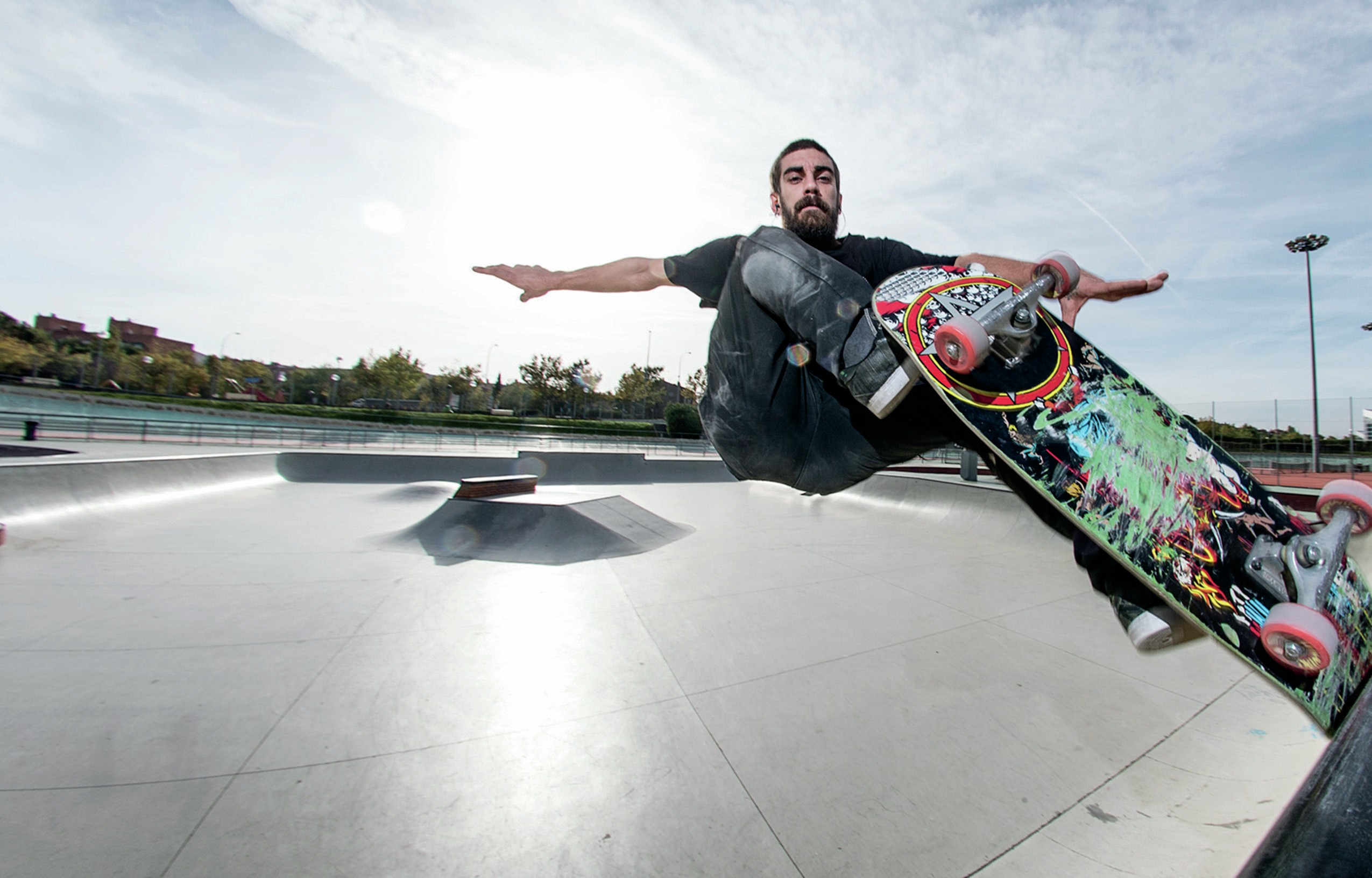
It is 8 a.m. on a Thursday morning in February. Five hundred people line up outside the Supreme store in Soho, London.It has just warmed up to 2°C. James from Croydon is at the front of the queue, looking disgruntled and tired after spending 27 hours waiting in line. The man at the back of the queue, 19-year-old Eduard from Finland, had arrived in London earlier that day to queue up for a chance to get some of the clothing. James, Eduard and many others will spend hundreds of pounds on one item and then leave. This is an example of one of the most exclusive, elite and fashionable brands in the industry.
This may seem abnormal to an everyday person, however, with the trends in modern streetwear, this is completely normal. Every Thursday (depending if it is in season) Supreme will release clothing all across Europe, Japan and America, leading to young customers missing school to camp out in London, Shibuya or New York to try and get a chance to buy an item at one of the iconic stores before anyone else does. Few other brands have such influence and power over modern youth. Their mothers may crave expensive Emma Bridgewater mugs, or their older brothers may prefer Abercrombie & Fitch, but compared to the power Supreme has over its consumers, their interests seem like nothing.
Your organisation does not have access to this article.
Sign up today to give your students the edge they need to achieve their best grades with subject expertise
Subscribe




